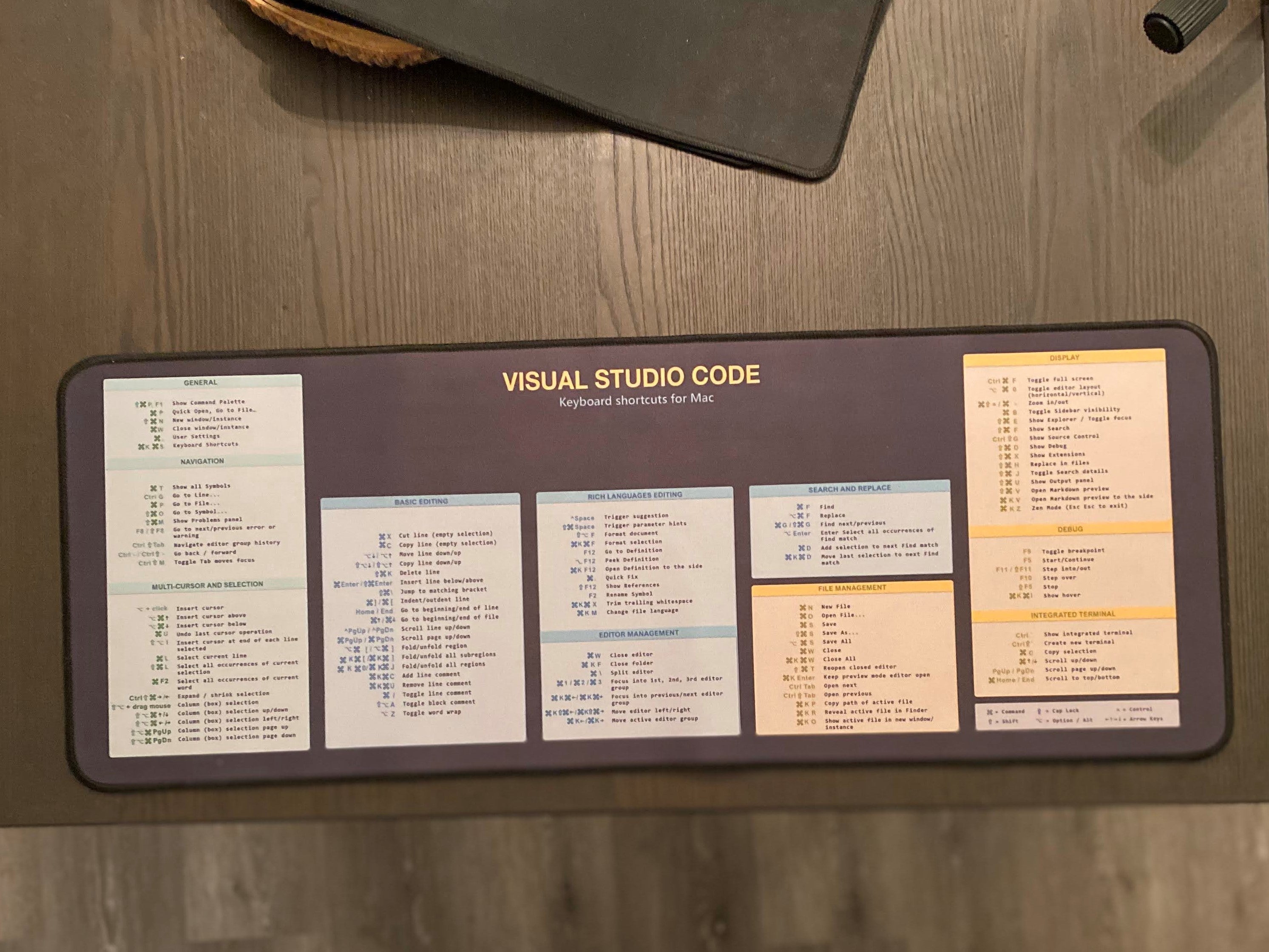
The QMenu::addSeparator() function creates and returns a new separator action, i.e. You can also provide a member that will automatically connect to the new action's triggered() signal, and a shortcut represented by a QKeySequence instance. We use QWidget's addAction() function to add each action to the corresponding menu.Īlternatively, the QMenu class provides several addAction() convenience functions that create and add new actions from given texts and/or icons. QMenuBar's addMenu() function appends a new QMenu with the given title, to the menu bar (note that the menu bar takes ownership of the menu). HelpMenu = menuBar() - >addMenu(tr( "&Help")) You should always set your own layout on the central widget instead.įileMenu = menuBar() - >addMenu(tr( "&File")) ĮditMenu = menuBar() - >addMenu(tr( "&Edit"))

QMainWindow objects come with their own customized layout and setting a layout on a the actual main window, or creating a layout with a main window as a parent, is considered an error.
Visual studio shortcuts menu install#
Then we create the information label as well as a top and bottom filler that we add to a layout which we install on the central widget. Layout - >setContentsMargins( 5, 5, 5, 5) InfoLabel - >setAlignment( Qt ::AlignCenter) īottomFiller - >setSizePolicy( QSizePolicy ::Expanding, QSizePolicy ::Expanding) InfoLabel - >setFrameStyle( QFrame ::StyledPanel | QFrame ::Sunken) InfoLabel = new QLabel(tr( "Choose a menu option, or right-click to " "invoke a context menu")) TopFiller - >setSizePolicy( QSizePolicy ::Expanding, QSizePolicy ::Expanding) Note that the main window takes ownership of the widget pointer and deletes it at the appropriate time. In the constructor, we start off by creating a regular QWidget and make it our main window's central widget. One simple way of achieving this is to group the actions together in an action group using the QActionGroup class.

In some situations it is useful to group actions together, e.g., we have a Left Align action, a Right Align action, a Justify action, and a Center action, and we want only one of these actions to be active at any one time.

The QMenu class provides a menu widget for use in menu bars, context menus, and other popup menus while the QAction class provides an abstract user interface action that can be inserted into widgets. Finally, we declare the various menus and actions as well as a simple information label in the application wide scope.


 0 kommentar(er)
0 kommentar(er)
